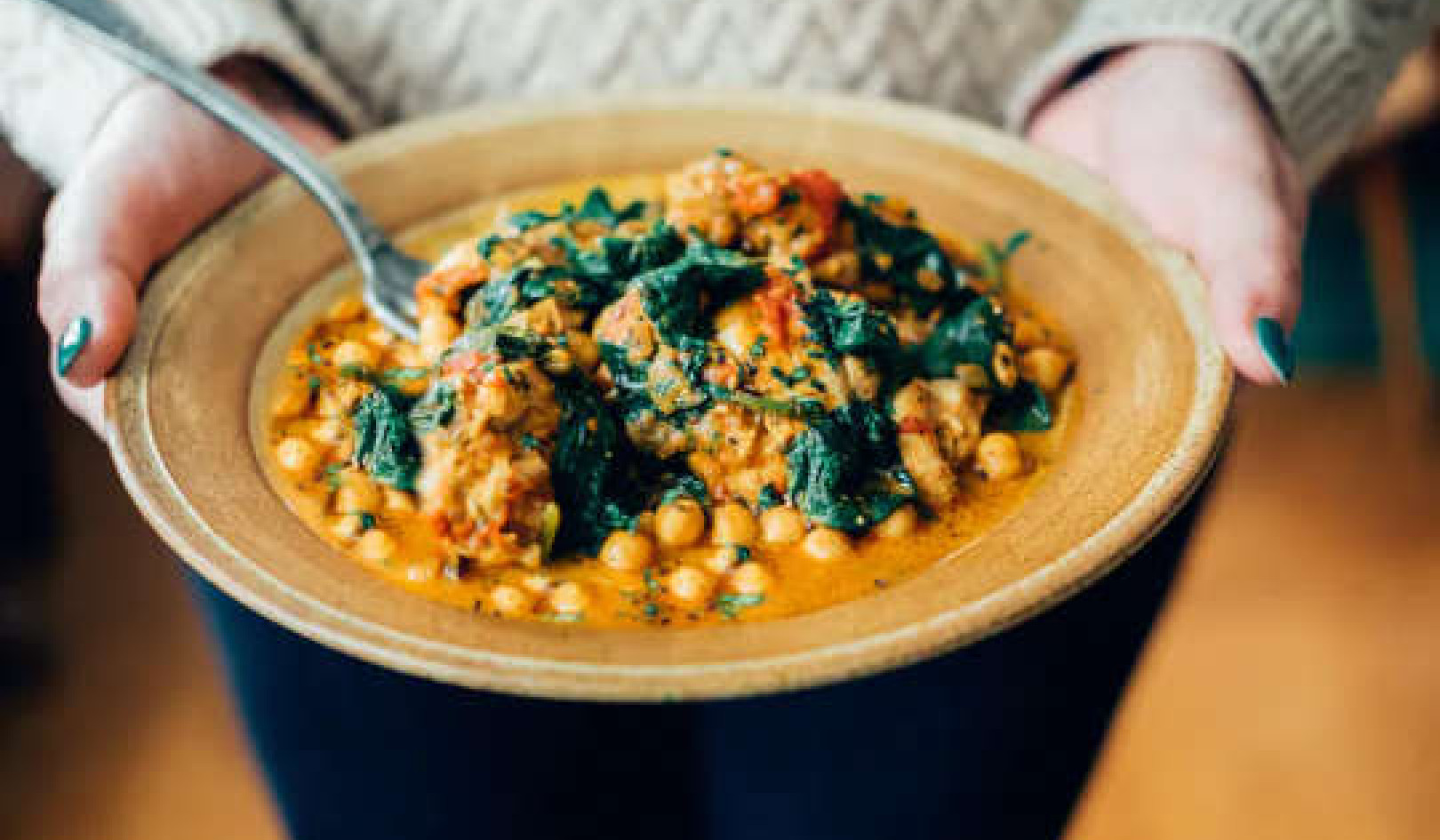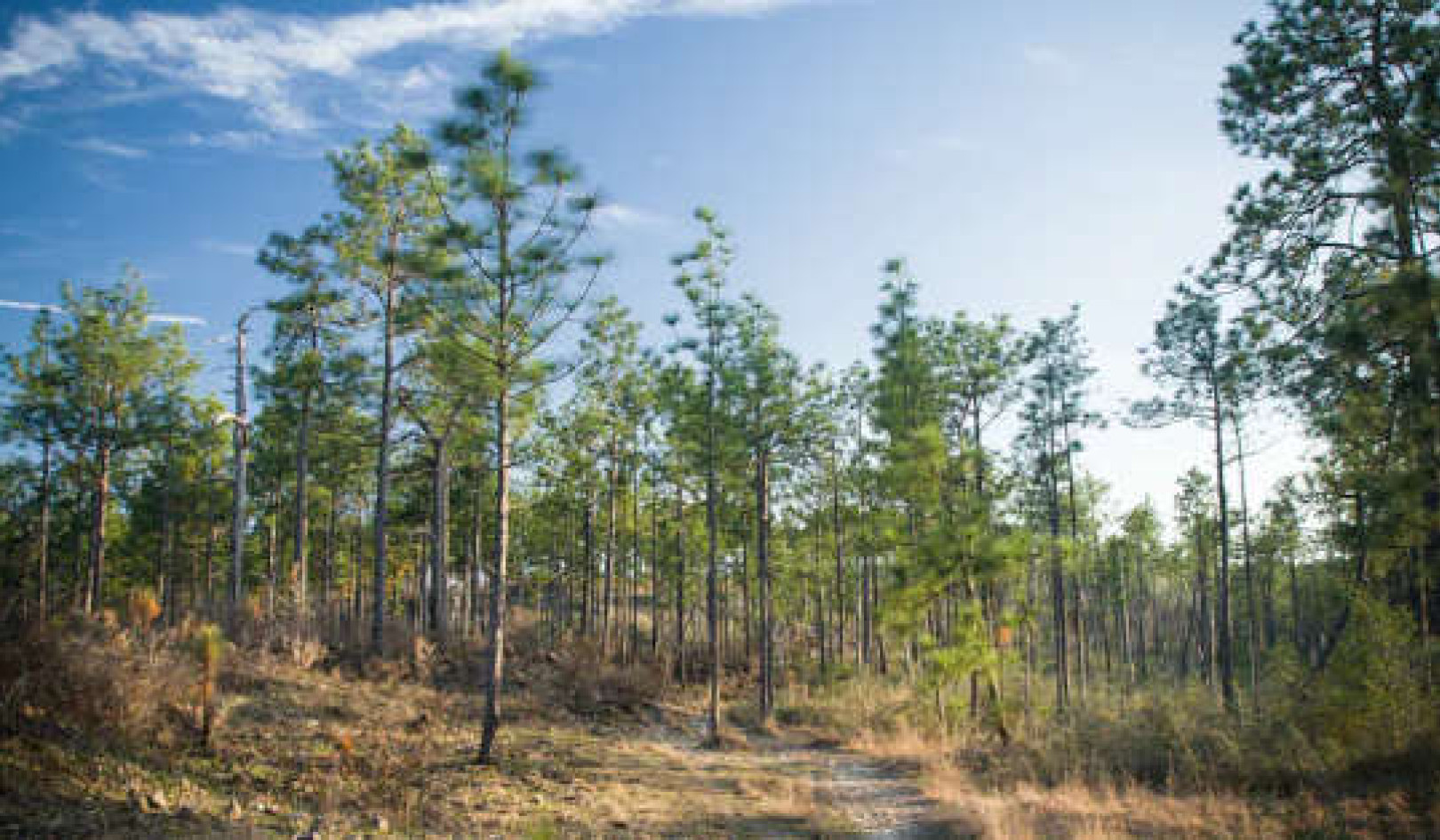
Victoria’s lockdown is to be extended for another week to get on top of the growing number of community cases, which now stands at 60.
But questions remain about what’s behind some of these cases. Victoria’s COVID-19 testing commander Jeroen Weimar said yesterday in about four or five cases, the virus was transmitted after only “fleeting contact”.
Today, we heard from Victoria’s Chief Health Officer Brett Sutton about one case suspected to have been infected when visiting a site some two hours after an infectious person had left. The source case had been there for some time, and it was described as a poorly ventilated space.
Nonetheless, this is consistent with the aerosol transmission we have become increasingly concerned about, and perhaps this is the first documentation of this outside hotel quarantine.
Get The Latest By Email
Today we also heard that health authorities have reported about 10% of cases are linked with more casual exposures, including at “tier two” sites (Victoria describes exposure sites according to risk, with a tier one site being the most risky).
So is it the virus, or more focused efforts in tracking cases, that’s led us to finding such casual exposures?
Is it the virus?
Despite today’s news, people are not more likely now to get infected by brushing past someone on the street.
In the vast majority of cases, people have become infected by very close contacts, or at certain “tier one” exposure sites when there at the same time as a known case.
There is evidence the variant associated with India is more infectious. This particular lineage of the Indian variant B.1.617.1, however, may not be as infectious as other lineages.
It reinforces how important it is that outbreaks are contained as early as possible where this increased risk of spread is still manageable.
On average, with variants of concern like the one currently circulating in Victoria, a case might infect 15% of household contacts instead of 10% seen in 2020. When new case numbers are high later in an outbreak, this difference in transmission translates to much bigger jumps in case numbers.
The way the virus spreads in clusters has also not changed, with some cases not passing the virus on, while a small number pass it on to many.
If this strain of the virus were vastly more transmissible than the original strain, we’d expect to see many cases. This strain has been in our community for a month now, undetected and running free for more than two weeks. There would be many more than 60 cases if this were true.
We’re also better at tracking cases
The main thing that’s changed since Victoria’s second wave last year is that we have forensic analysis of every case and we’re better at finding casual links between cases.
We’re now publishing lists of venues with exposure times and more people are coming forward for testing than at the peak of Victoria’s second wave. We also have check-in data for many venues.
This results in more reliable measures of both the total spread and routes of virus transmission, than in the second wave, or any community outbreak of this size.
Transmission associated with more casual exposures would have been much more likely to be missed before. Even if these cases were picked up, they might have been counted among the “mystery cases” that comprised 18% of all cases in 2020. We didn’t know where these cases were infected as there were no apparent links between them and known cases.
We are doing much better this time with only three transmission events that not yet fully understood.
How about this ‘fleeting contact’?
The four or five cases Weimar mentioned yesterday relate to a range of indoor exposure sites including a display home, a Telstra shop, local grocery stores, and a shopping strip.
This is where people may have been in direct contact with a case, but where no definitive exposure event is documented, there is no check-in and people don’t know each other.
So from what we know so far, there’s been a crossover between when most cases were present and where their contacts became infected. And 90% of these are in the settings we know are high transmission risk — households and workplaces in particular, where there is extended and repeated indoor contact.
The more casual contacts described yesterday, in a display home or at the Telstra shop, there might have been some overlap with a case in a small enclosed area for sufficient time to receive an infecting dose.
A further example Sutton provided today was an infection that started with someone sitting in the same outdoor area as a case at a hotel bistro. We know there is less risk in outdoor settings generally, but on a still autumn day, we now know this is all it takes.
Now, as we have transmission in the beer garden, all those nearby will be recategorised as primary close contacts and asked to quarantine for a full 14 days, even if they have returned a negative test. Better to be safe than sorry.
That’s why it’s so important to check in with a QR code. You don’t always know the name of the person who’s standing (or sitting) next to you. It is also why check-ins will now be required at more retail and public venues across the state. Being able to identify contacts in these settings will remove some of the fear associate with this more casual spread.
So what are we to make of this?
This latest news reinforces the importance of QR codes and checking in. You never know who you’re standing next to in a long queue while shopping. Extending our QR codes into further settings whether retail, grocery stores or display homes, which we now know are a risk, is a good move.
The message remains the same, get tested if you have symptoms or when directed to by public health officials, and isolate when necessary. In particular, keep an eye on those exposure sites, even if you only dropped in to grab a coffee.
But we shouldn’t be overly concerned about COVID-19 spread by “fleeting contact”. The precautions we all know (hygiene, distancing and masks) still work and are our best forms of protection.







